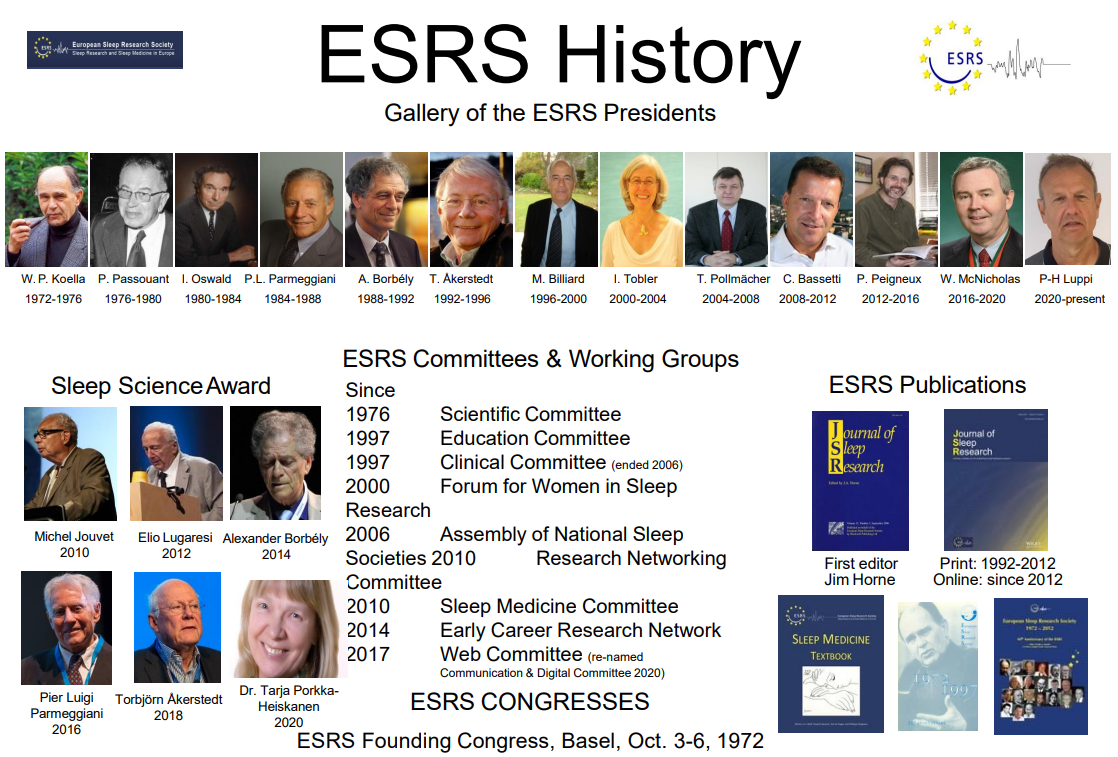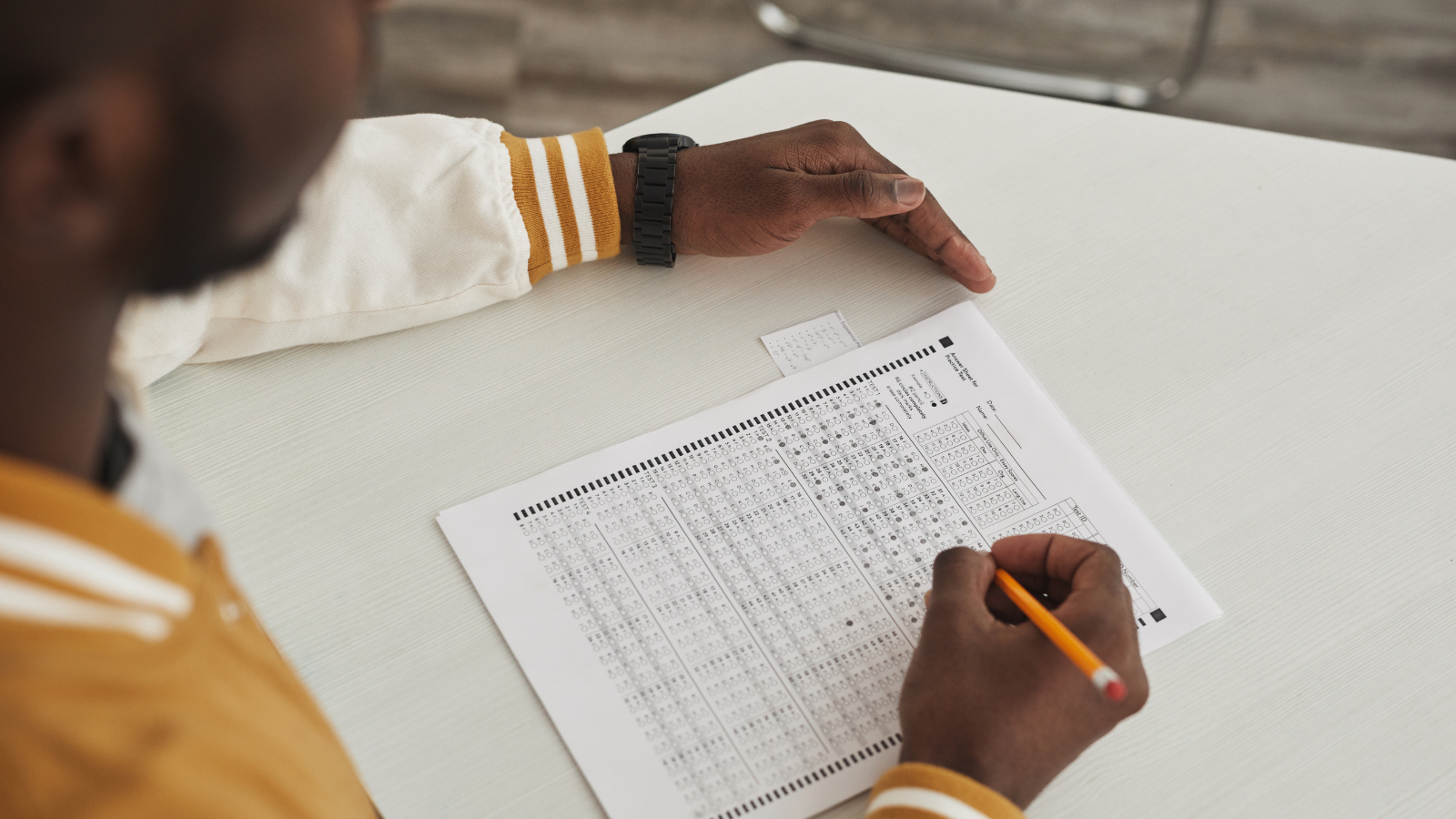Comparing Two Common Self-Report Methods of Habitual Sleep Duration in Epidemiological Surveys

Prof. Maria Korman
Prof. Maria Korman began her scientific journey from studying neurobiology, sleep and memory at the Weizmann Institute of Science (Israel) and Montreal University (Canada). Currently, she is the head of the TO-Be Lab (Temporal Organization of Behavior laboratory) that investigates human sleep-wake, eating-fasting, and cognitive daily cycles and the temporal organization of human memory consolidation at Ariel University, Israel.
Towards a Better Assessment of Self-Reported Sleep Duration in Surveys
Many epidemiological studies examining the relationship between subjective measures of habitual sleep duration (HSD) and health outcomes rely on a single self-report question or a two-question assessment of sleep interval. Evaluating differences between self-report methods used to measure HSD in surveys is crucial for understanding biases and influencing factors leading to poor agreement. This study, led by Prof. Korman (Israel) and Dr. Reis (Portugal), aimed to assess the bias and agreement limits between two commonly used short HSD self-report methods, considering sleep quality and social jetlag as potential predictors of bias.
Two methods were compared: 1) a single question about habitual sleep duration (self-reported HSD); and 2) estimated HSD (estimated HSD) from reported sleep times on workdays and free days from the Munich Chronotype Questionnaire (MCTQ). Sleep quality was reported using a Likert scale.
We analyzed data from 10,268 participants in the International COVID Sleep Study-II (ICOSS-II). Self-reported HSD was on average 42.41±67.42 minutes lower than estimated HSD, with an agreement range within ±133 minutes. The bias and agreement range between methods increased with poorer sleep quality and were sensitive to whether the estimated HSD was reported for work or work-free days. Estimated HSD on work days showed smaller bias and better agreement with self-reported HSD compared to estimated HSD for free days. Sleep duration irregularity between work and work-free days was -43.35±78.26 minutes on average. Altogether, the two methods showed very poor agreement and a significant systematic bias, both worsening with poorer sleep quality. Estimated HSD considered sleep intervals without adjusting for sleep quality such as wakefulness after sleep onset but accounted for sleep irregularity and sleeping in on free days, while self-reported HSD reflected respondents’ interpretation of their sleep, focusing on their sleep on workdays.
Selecting individual questions in epidemiological studies becomes crucial when comprehensive methods are not feasible. A single question regarding sleep duration represents how the respondents interpret their sleep and is highly sensitive to subjective sleep issues, however, it may lack the ability to detect the highly probable occurrence of sleep rebound on free days (i.e. catching up on sleep at the weekends). The two-question method enables the estimation of additional valuable sleep metrics like sleep duration irregularity, social jetlag and mid-point of sleep, but does not take into account wakefulness after sleep onset. Separate HSD assessments for workdays and free days using either approach, combined with including an sleep quality related question in surveys may help bidirectionally adjust the possible bias and enhance the accuracy of sleep-health studies and enhance the design of epidemiological studies.
Article based on Korman et al. (2024). Estimation bias and agreement limits between two common self-report methods of habitual sleep duration in epidemiological surveys. Sci Rep.
Recent publications from ESRS members
- Bovenzi et al. (2024). Sex differences in Parkinson’s disease-related non motor symptoms: a focus on sleep problems. Acta Neurol Belg.
- Ma et al. (2024). Sleep-stage dependence and co-existence of cardio-respiratory coordination and phase synchronization. Chaos.
- Roshchupkina et al. (2024). Motor learning- and consolidation-related resting state fast and slow brain dynamics across wake and sleep. Sci Rep.
- Gnarra et al. (2024). SPHYNCS: Feasibility of long-term monitoring with Fitbit smartwatches in central disorders of hypersomnolence and extraction of digital biomarkers in narcolepsy. Sleep.
- Op et al. (2024). Polysomnographic airflow shapes and site of collapse during drug-induced sleep endoscopy. Eur Respir J.
- Lee (2024). Wearable sleep tracker in clinical settings: challenges and promise. J Clin Sleep Med.
- Höhn et al. (2024). Spectral Slope and Lempel-Ziv Complexity as Robust Markers of Brain States during Sleep and Wakefulness. eNeuro.
- Bandarabadi et al. (2024). The paradox of REM sleep: Seven decades of evolution. Sleep Med Rev.
- Cabrera et al. (2024). Overnight neuronal plasticity and adaptation to emotional distress. Nat Rev Neurosci.
- Gool et al. (2024). Potential immunological triggers for narcolepsy and idiopathic hypersomnia: Real-world insights on infections and influenza vaccinations. Sleep Med.




